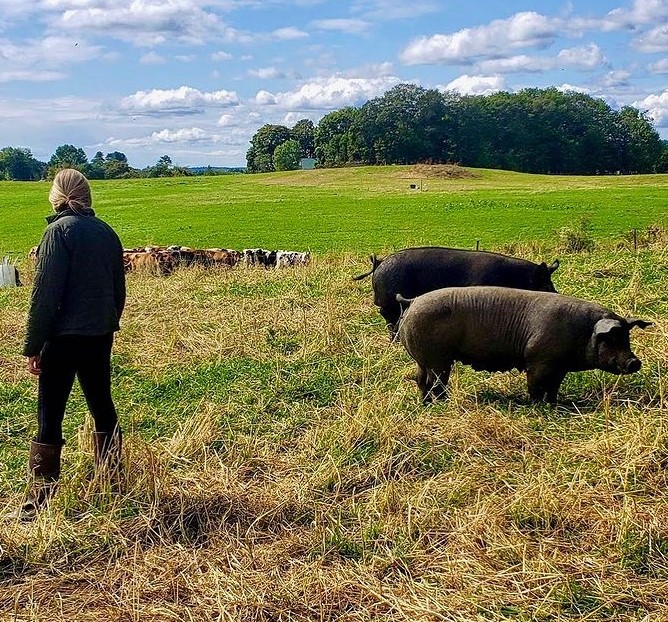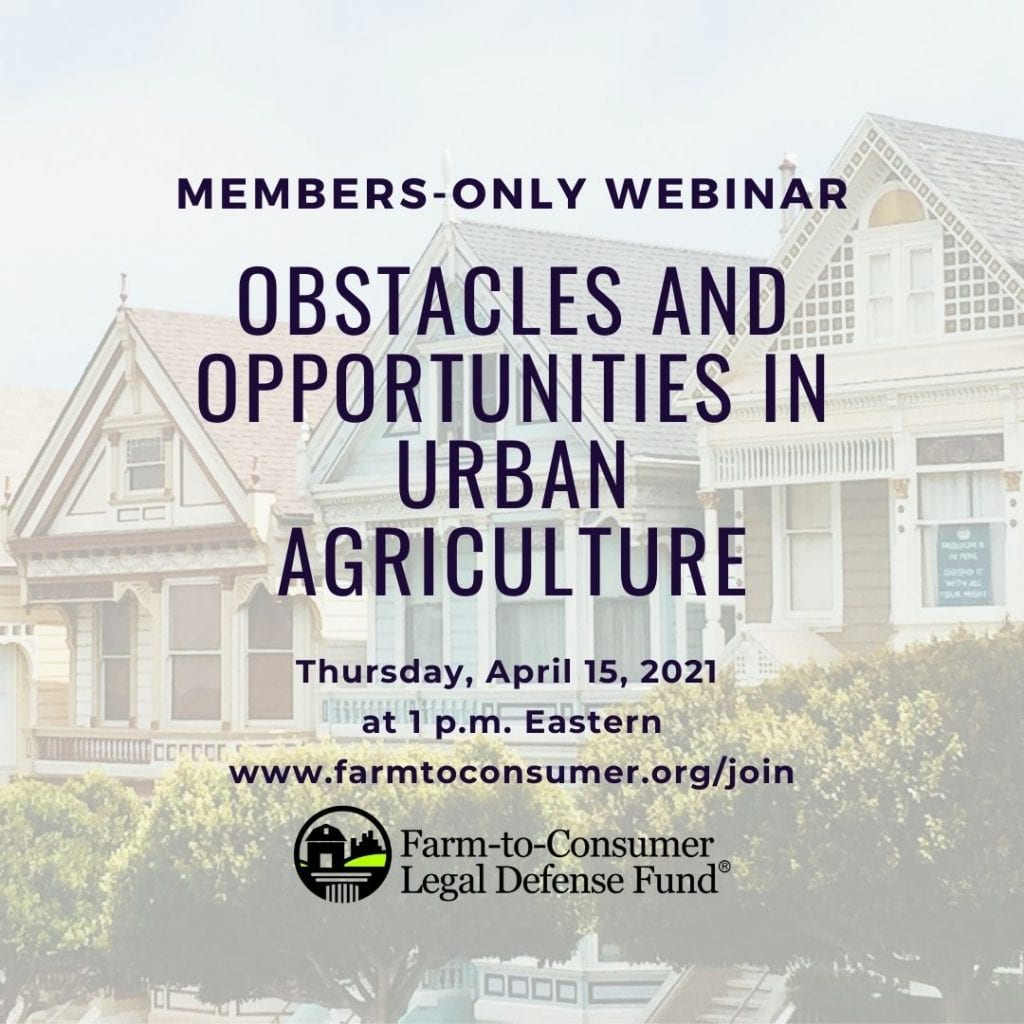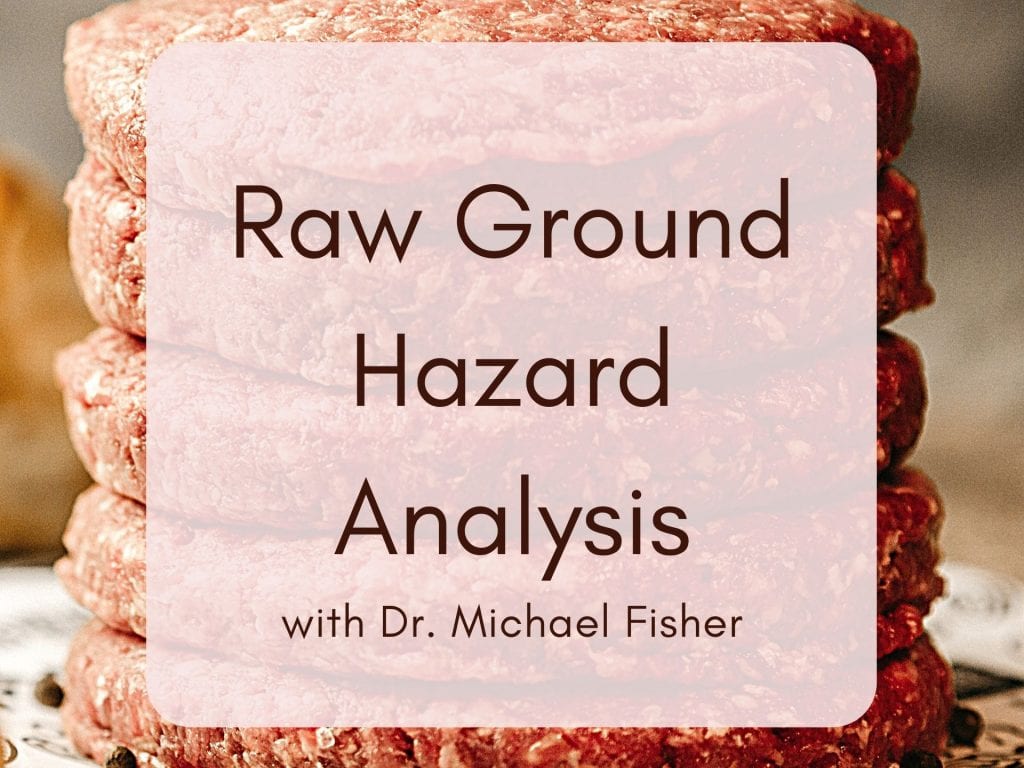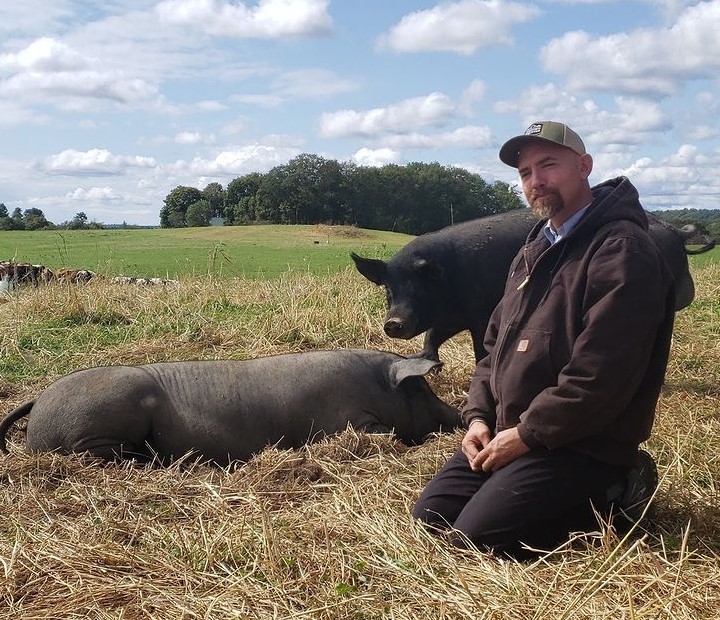Grazing multiple species provides many benefits, not the least of which is enterprise stacking that allows each acre to create more than one saleable product in the same growing season. Our topic here is how to make multi-species grazing regenerative in the biological sense. We custom graze replacement heifers in front of our pigs, with 37 heifers and slightly more than 100 finisher pigs moving in a leader…
food safety
Product with Secondary Inhibitors, Not Shelf Stable
This month we consider a hazard analysis for a product in the Product with Secondary Inhibitors, Not Shelf Stable processing category. What is a Product with Secondary Inhibitors, Not Shelf Stable? If you do not know, you cannot conduct a hazard…
Upcoming Members-Only Webinar: Obstacles and Opportunities in Urban Agriculture
The second live members-only webinar of the year is on Thursday, April 15 at 10 a.m. Pacific, 12 p.m. Central, 1 p.m. Eastern. The topic is “Obstacles and Opportunities in Urban Agriculture” and features FTCLDF homesteader member Aja Yasir, who lives outside of Chicago. Her City of Gary, Indiana accused Aja of local ordinance violations regarding her regenerative agriculture…
A Raw Not Ground/Raw Ground Hazard Analysis
Last month we considered a slaughter hazard analysis. This month we will go a step further and consider a raw not ground and raw ground hazard analysis and flowchart. We start with the 9 CFR 417.2(a)(2) flow chart describing the process steps…
How We Regenerate Soils with Pigs
We consistently hear how pigs can’t be regenerative. We would edit that to say this: While pigs don’t fit into the regenerative equation as smoothly as ruminants, we can look for strategies to improve land, even with pigs. When it comes to regenerative grazing, it is useful to look at how pigs compare and contrast to beef…




